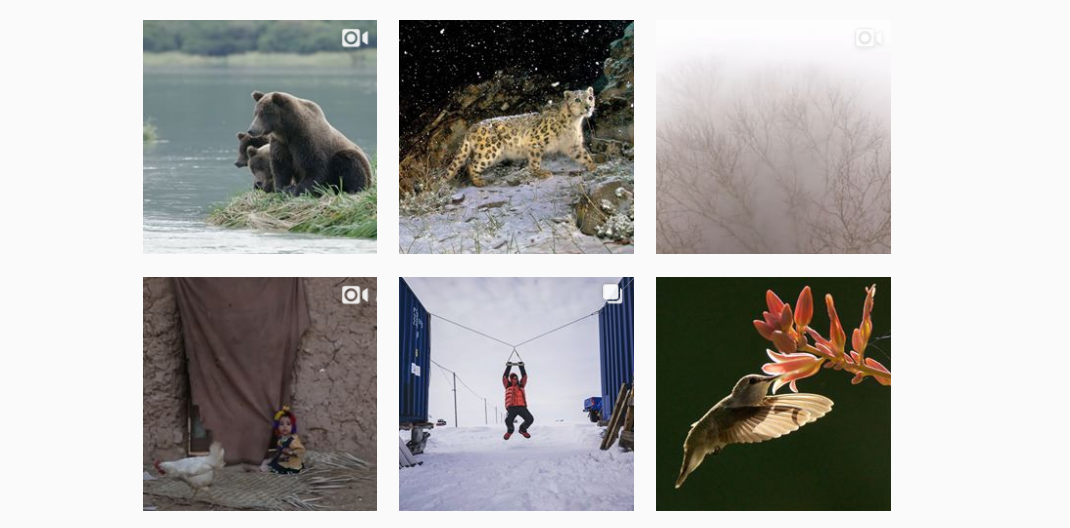Claves
Estas son las fotografías más populares de NatGeo en Instagram
Por Kevin Morán
Publicado el 24 de diciembre del 2017

National Geographic compartió una selección de 18 fotografías, las más populares, de su cuenta de Instagram, que es seguida por más de 83,7 millones de personas. Es un gran regalo para todos.
Estas son las 18 fotografías:
https://www.instagram.com/p/Bbz8n3SDIeR
https://www.instagram.com/p/BbZMM0IjC2q
https://www.instagram.com/p/BceylHujELW
https://www.instagram.com/p/BYFTQGYD1Ie
https://www.instagram.com/p/Bbl8f0WDKaB
https://www.instagram.com/p/BcnTCRIDRI2
https://www.instagram.com/p/BbKsFKRjpHu
https://www.instagram.com/p/BZ2XamVD33P
https://www.instagram.com/p/BcgAogTDuto
https://www.instagram.com/p/BSi5jv2jXWr
https://www.instagram.com/p/BVE33w2DWmc
https://www.instagram.com/p/BYEIdjiD9Hg
https://www.instagram.com/p/BXEuinbDHPi
https://www.instagram.com/p/BccADWpDDdz
https://www.instagram.com/p/BQNV9cMFEWF
https://www.instagram.com/p/Bamym8tj552
https://www.instagram.com/p/BcTsF6eDIiB
https://www.instagram.com/p/BU2OdzXjSia
Publicado por:
Kevin Morán
Periodista especializado en social media y comunicación política. Colaborador de Clases de Periodismo. Estoy en las redes sociales como @Kevac11
Sígueme
COMPATIR EN REDES
NOTICIAS RELACIONADAS

Crea videos dinámicos con esta herramienta
Replay es una aplicación que te permite crear videos animados de forma rápida, mediante la mezcla de imágenes, clips cortos y sonido en una variedad de estilos. el recurso está disponible para los móviles de Apple.
27-11-15
Estas son las reacciones más populares en páginas de Facebook de medios digitales
Un nuevo estudio sobre el uso de las Reacciones en las principales 20 páginas de Facebook del 27 de abril al 11 de mayo revela que el uso es limitado con respecto al Me gusta.
18-05-16
Spotify se queda sin jefe para la producción de videos y podcasts
Spotify anunció su separación con Tom Calderone, quien fue su jefe de videos y podcasts originales, informó Bloomberg.
03-09-17